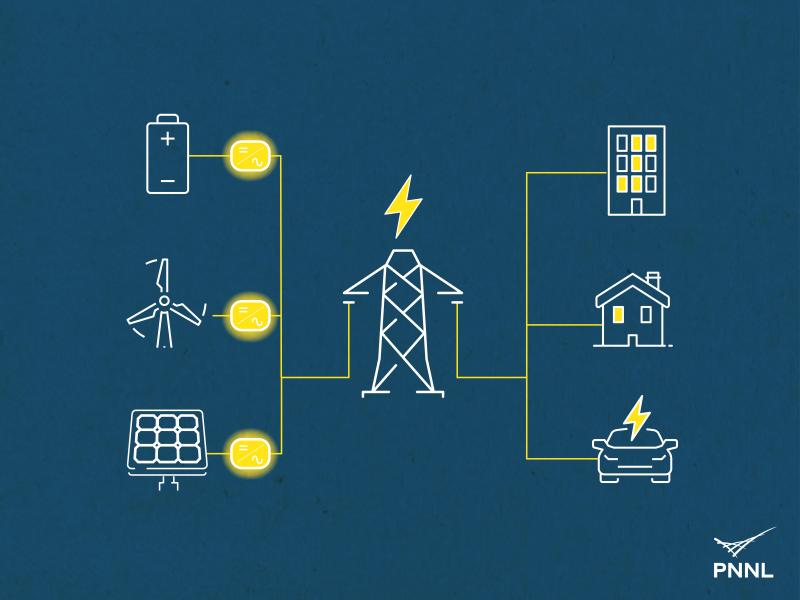
Distribution
Distribution
Extending intelligence,
awareness, and control
to the grid’s edge
Extending intelligence,
awareness, and control
to the grid’s edge
America’s power grid is going through the most significant change since its inception a century ago. Much of this change is taking place at the grid’s edge, where new technologies, competitive threats, and evolving business models are transforming, and in many cases disrupting, the role of the traditional distribution utility that delivers electricity to homes and businesses.
New challenges and opportunities
From the utility substation to the consumer’s home, new sensing, control, and communication technologies are creating an unprecedented amount of data for distribution utilities. The key challenge is putting these data to work to increase grid visibility, drive better decision-making, and better serve customers. The rapid growth of distributed energy resources (DERs) such as rooftop solar, electric vehicles, microgrids, and energy storage is challenging distribution utilities to re-invent their planning processes and re-engineer their daily operations.
Today PNNL, working in close collaboration with the Department of Energy and industry, is taking on these grid-edge challenges by combining deep scientific knowledge, power grid domain expertise, and state-of-the-art resources and facilities.
Pioneer and partner
PNNL has a vibrant legacy of leadership in power grid advancements. From our pioneering work in interoperability and data integration for distribution automation and control systems in the 1990s to our founding of the GridWise® Alliance in 2003 to the groundbreaking five-year Pacific Northwest Smart Grid Demonstration Project in 2010, PNNL has a proven track record of innovation in grid modernization.
Innovation through collaboration
PNNL chairs the Grid Modernization Laboratory Consortium (GMLC), a partnership between DOE, 13 national laboratories, and numerous stakeholders in industry and academia to develop collaborative solutions to challenges in grid architecture, distributed analytics, sensing, cybersecurity, and many other areas that impact distribution utilities.
Focus on the important
Many PNNL projects focus on the specific challenges that utility distribution operators face today: using DERs and advanced controls to improve grid resiliency and reliability; better understanding the role microgrids play in the modern grid; and applying new technologies, such as artificial intelligence and machine learning, to enable real-time, predictive grid operations.
Advanced distribution applications
As more and more devices connect at the grid edge, utilities face the challenge of putting the data and control capabilities of these devices to use in a coordinated manner to enable a new generation of distribution operations use cases. Through its pioneering work on GridAPPS-D™, PNNL is delivering a distribution application development and data integration platform that standardizes the data exchange services between devices and assets in the field and distribution applications, whether they’re running in the cloud, control room, or at the edge of the network. This greatly simplifies the development of portable apps, while reducing the time and cost for utilities to add new functionality to their distribution operations toolkit.
Transactive energy and controls
With more consumers and businesses generating their own electricity, PNNL has developed advanced simulation and testbed capabilities to explore and validate how transactive controls can be used to manage DERs and engage consumers to drive improved grid reliability and resiliency. PNNL’s Transactive Energy Simulation Platform (TESP) provides the ability to test a broad range of use cases and concepts at scale, while its Transactive Campus provides the largest transactive testbed in the world. All these efforts support greater grid resiliency and flexibility and expanded consumer choice.

